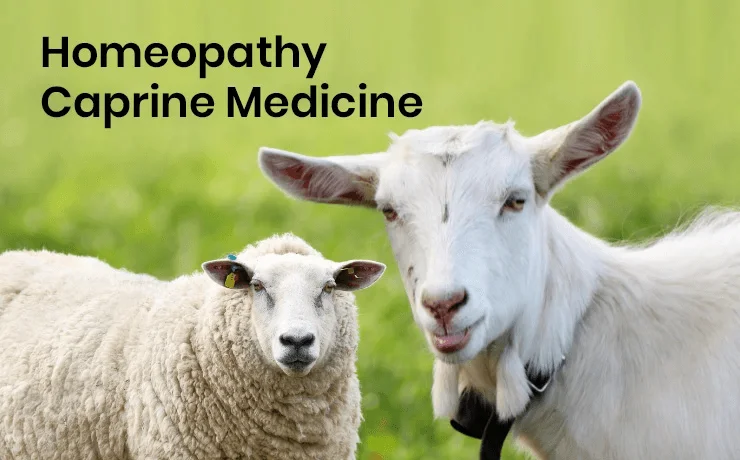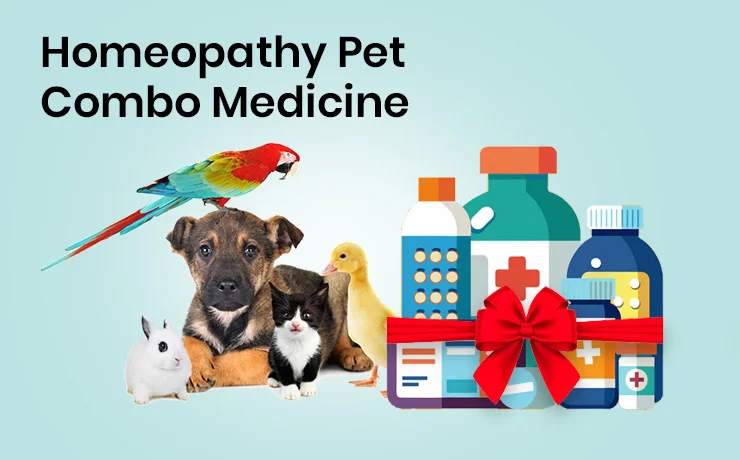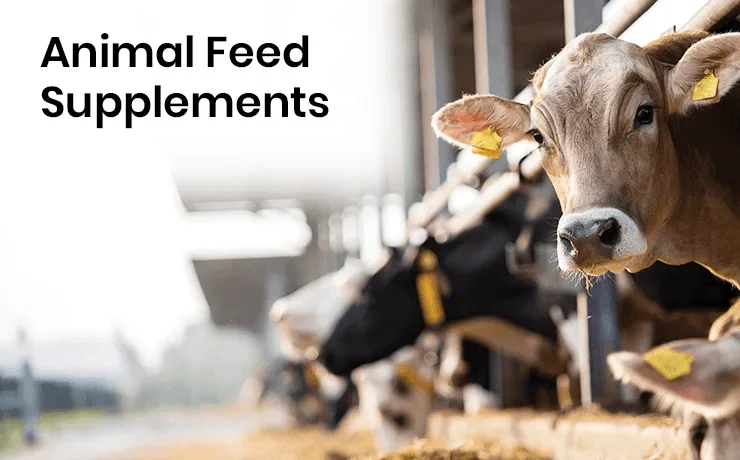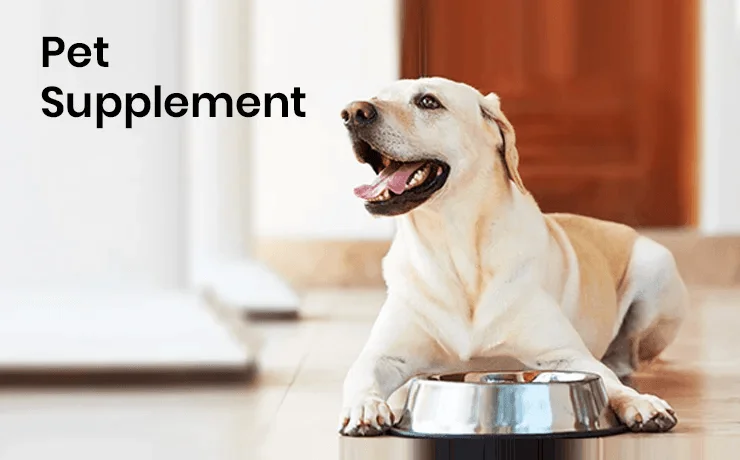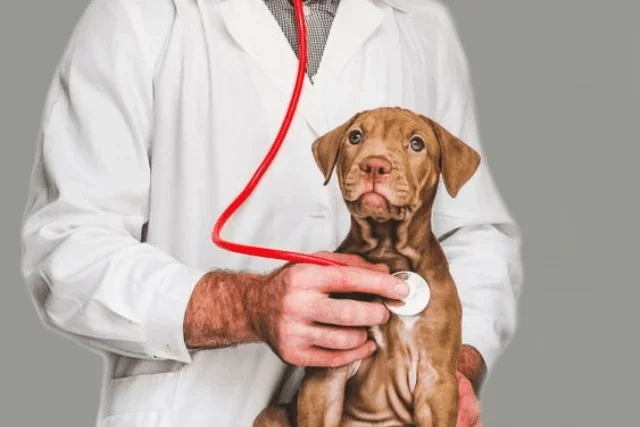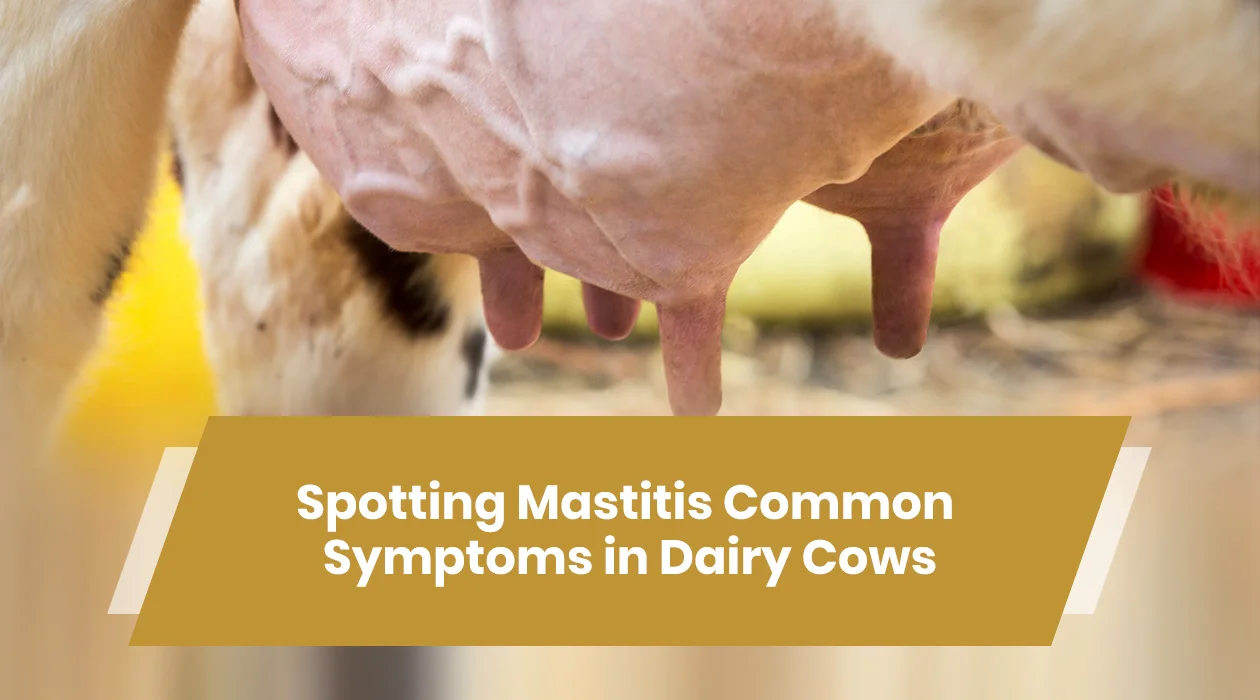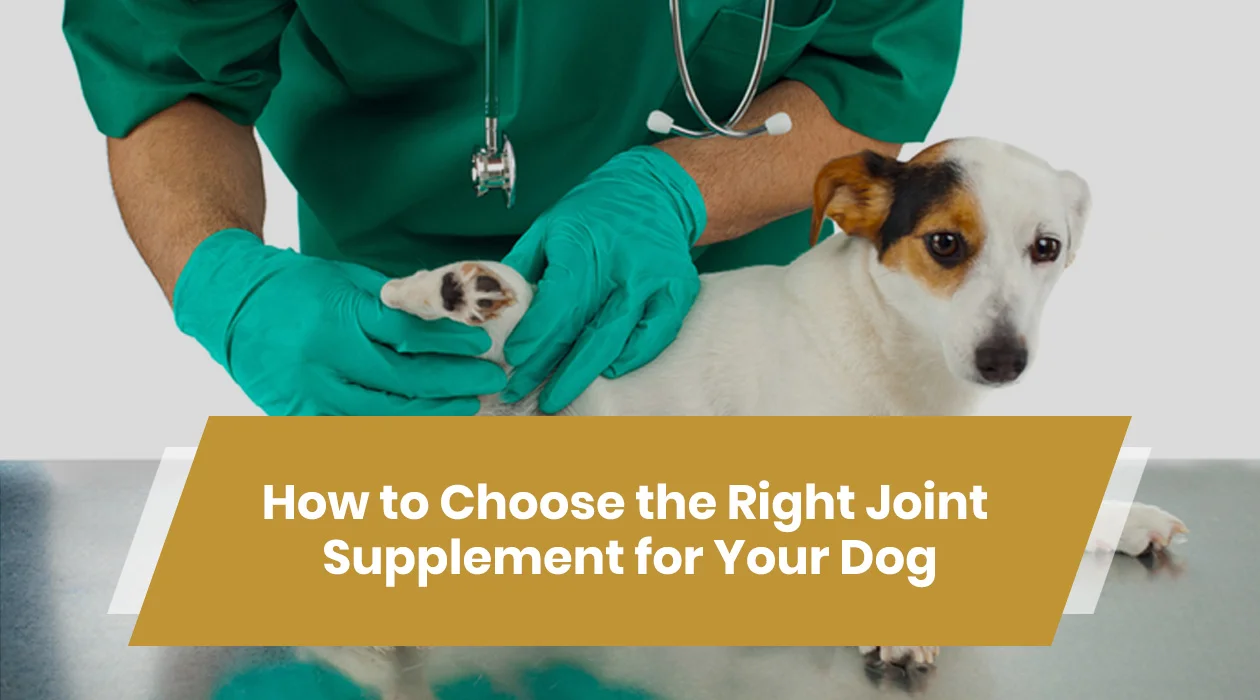Benefits of Using Eye Drops for Dog Eye Infections
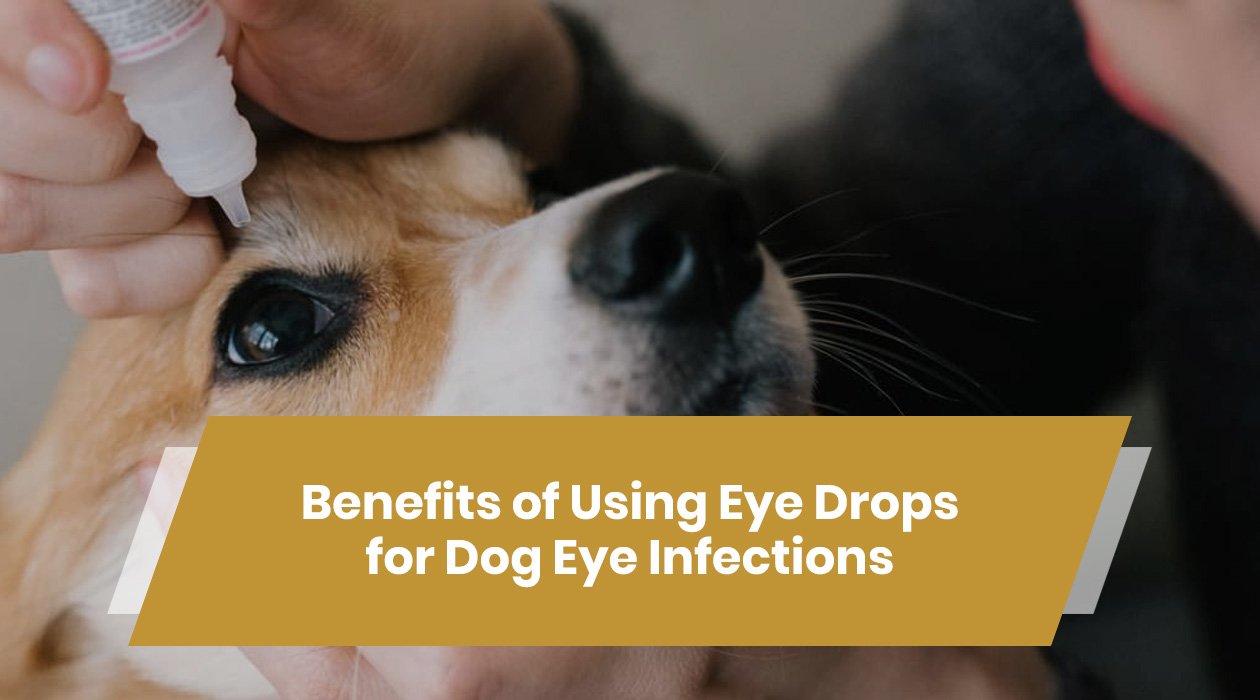
Our dogs are full of life and love running around this world with their snouts and exciting eyes. But like everything else, their beautiful little eyes can be vulnerable to infections, too. Eye infections can cause significant discomfort to your dog, irritation, and even, in severe cases, lead to vision problems. Fortunately, there is a reliable treatment – eye drops for dogs.
Recognizing the Signs of Dog Eye Infection
In treating eye infections in dogs, it is therefore advisable that the dog owner obtains a diagnosis as early as possible. Here are some tell-tale signs to watch out for:
- Redness: Itching, red-colored eyes are a symptom of infection, which might be somewhere in the body’s interior.
- Discharge: Any condition that leads to engineering too much tear production, pus, and crusty discharge around the eyes should be considered an infection.
- Squinting or pawing: If your dog seems uncomfortable and is squinting or pawing at their eyes, you can tell it’s irritating.
- Cloudiness: A grey or foggy look in the eye suggests a further spread of the infection or corneal ulcer.
- Swelling: The presence of eyelid swelling, together with other related symptoms, implies that the condition involves inflammation.
These are symptoms you should look out for. If you realize that your pet is exhibiting any of these signs, you should ensure you go for a vet appointment. Do not try diagnosing the condition and using over-the-counter eye drops for your dog without getting help from a vet.
Eye Drops for Dog Eye Infection Treatment
Once your veterinarian has identified the particular type of infection as bacterial, viral, or allergic, he or she can advise you of the best dog eye problem treatment. Eye drops are often a vital part of the treatment plan, offering a range of benefits:
- Targeted Treatment: It is given topically through eye drops, reducing the side effects of oral medications that may be experienced if taken orally.
- Fast Relief: Most eye drops used on dogs provide quick solutions to irritation and inflammation and comfort your dog.
- Reduced Risk of Complications: If administered early enough, eye drops can eliminate the infection, minimizing the chances of lasting harm to the eye.
- Convenient Application: Although some dogs may not appreciate having eye drops instilled, it is more often than not a quickly administered and relatively mild procedure that most dog owners can easily administer in their homes.
Types of Eye Drops for Dogs
Also, read-Online Pet Medical Store
Many types of eye infection dog medicine are available for dogs, all with specific intended purposes on the market. Here’s a brief overview:
- Antibiotic eye drops treat bacterial infections, the most prevalent cause of dog eye infections. This drop is a better solution than any other eye infection dog medicine.
- Antiviral eye drops target diseases, including the canine distemper virus.
- Steroid eye drops curb inflammation, generally caused by allergies or severe bacterial infections. Nevertheless, they should be used cautiously in accordance with a veterinarian’s recommendations.
- Lubricating eye drops are helpful in dryness or irritation caused by allergens or foreign particles in the eye.
Choosing the Right Eye Drops for Dogs
Never use eye drops for humans or any other eye drop solutions, which can be easily obtained without a prescription for your dogs. These products could include potentially dangerous ingredients to your dog’s eyes. Your veterinarian will also recommend which eye drops are suitable for your dog based on the cause of the infection, overall health condition, and allergy.
Ensuring Successful Treatment with Eye Drops for Dogs
When installing eye drops for your dog, you must follow the instructions given by your veterinarian. Here are some tips:
- Wash your hands thoroughly: Always ensure that your hands and the hands of the dog are washed to ensure that infections are not spread to the eyes of the dog.
- Warm the solution: Take a cup of warm water, then it is advisable to dip the bottle that has the eye drop solution in the warm water for some time. This might help make the situation more comfortable for your dog.
- Tilt your dog’s head: Place your thumb and your index finger on the lower eyelid of your pet, and using your other hand, pull the upper eyelid, trying to create a pocket in front of it.
- Apply the drops: Place 1-2 drops directly in the formed lower eyelid pouch using the dropper. You should consult your veterinarian to receive information about the dosage. Do not rub the end of the dropper on your dog’s eye.
- Let your dog blink: Remove your finger and let the dog cover the eye with the eyelid, which should blink. This makes it easier to spread the medication evenly all over the eye.
- Repeat for the other eye: If both eyes are affected, then follow the same process for the other affected eye.
- Clean the tip: Using the end of the dropper, remove any surplus medication by gently wiping it on a piece of tissue.
- Maintain a clean environment: Wash the bedding your dog uses to sleep on and the surrounding area to reduce the probability of re-contamination.
Partnering with Your Veterinarian for Optimal Dog Eye Care
Eye checkups, therefore, become the main phenomena of the general health checkup of your dog. Take your pet for a routine eye check-up with your veterinarian to closely monitor his eye situation regarding the details of the factors that cause your pet’s eye complications in case they are not yet serious. The problem can be effectively treated only if the first symptoms are given enough attention and the dog’s eye health does not worsen.
The Goel Vet Pharma Difference
Here at Goel Vet Pharma, we prioritize supplying other pet owners with quality animal health products for their pet companions. Hence, we have various eye drops for dogs and supply eye drops based on the present scientific development in veterinary science. The safety and efficacy of our products are very important to us, so the production goes through rigorous quality control measures.
Here’s what sets Goel Vet Pharma apart:
- Extensive Product Selection: We offer various eye drops for dogs, including antibiotic eye drops, antiviral eye drop solutions, lubricating eye drops, and steroid eye drops, depending on the problem that ails the dog’s eye.
- Veterinarian-Recommended Formulas: Each product we sell is subjected to research in consultation with veterinary surgeons to capture dogs’ requirements.
- Safety and Efficacy: We value your pets’ lives and strive to ensure that they are not exposed to harm. Our eye drops are also well-tested to meet the specified quality standards.
- Affordable Solutions: Our approach to dog eye care focuses on giving you and your pet the best value for the money.
Conclusion
Common diseases, such as eye infections, can be painful and bothersome to your beloved pet. Fortunately, eye drops can treat dogs without harming them or other humans. When you consult with your veterinarian and put your dog on the right eye drops, you can be sure your dog will return to his or her usual self. The old saying that ‘prevention is always better than cure’ will always hold in this context. Take your dog for eye check-ups to keep its beautiful eyes glowing and always healthy.
Dogs are like any other animal and require that their eyes be checked and cared for properly, depending on their body’s needs. Explore Goel Vet Pharma’s range of eye drops for dogs and find the perfect solution for your furry companion. Visit our website to learn more!
 Australian Shepherd
Australian Shepherd Beagle
Beagle Belgium Shepherd
Belgium Shepherd Bernese Mountain Dog
Bernese Mountain Dog Border Collie
Border Collie Boxer
Boxer Bulldog
Bulldog Cavalier King Charles Spaniel
Cavalier King Charles Spaniel Chihuahua
Chihuahua Cocker Spaniel
Cocker Spaniel Dachshund
Dachshund Doberman Pinscher
Doberman Pinscher Dogo Argentino
Dogo Argentino French Bulldog
French Bulldog German Shepherd
German Shepherd Golden Retriever
Golden Retriever Great Dane
Great Dane Himalayan Shepherd
Himalayan Shepherd Indie Dogs
Indie Dogs Labrador Retriever
Labrador Retriever Pakistani Bully
Pakistani Bully Pembroke Welsh Corgi
Pembroke Welsh Corgi Pitbull
Pitbull Pomeranian
Pomeranian Poodle
Poodle Pug
Pug Rottweiler
Rottweiler Shih Tzu
Shih Tzu Siberian Husky
Siberian Husky Yorkshire Terrier
Yorkshire Terrier Abyssinian
Abyssinian American Bobtail
American Bobtail American Shorthair
American Shorthair Balinese Cat
Balinese Cat Bengal Cat
Bengal Cat Birman
Birman Bombay Cat
Bombay Cat British Longhair
British Longhair British Shorthair
British Shorthair Burmese Cat
Burmese Cat Devon Rex
Devon Rex Exotic Shorthair
Exotic Shorthair Himalayan Cat
Himalayan Cat Maine Coon
Maine Coon Oriental Shorthair
Oriental Shorthair Persian Cats
Persian Cats Ragdoll
Ragdoll Scottish Fold
Scottish Fold Siamese Cat
Siamese Cat Siberian Cat
Siberian Cat Sphynx Cat
Sphynx Cat





















